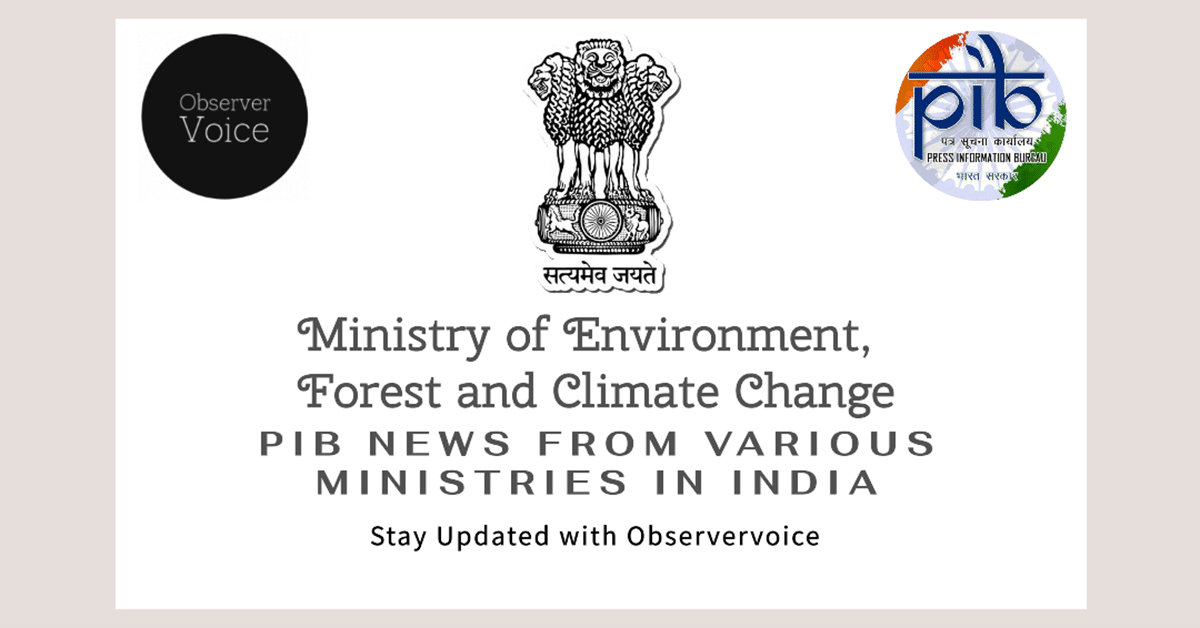Revitalizing the Ganga: A National Duty

The Ganga River, a lifeline for millions in India, is undergoing a significant transformation under the Namami Gange Mission. Recently, Union Minister for Jal Shakti, Shri C.R. Paatil, conducted a thorough review of ongoing projects aimed at rejuvenating this sacred river. He emphasized the importance of adhering to timelines and maintaining quality standards in all initiatives. The mission is not just a project; it is a national duty that symbolizes environmental, cultural, and social upliftment for the country. The Minister’s directives aim to ensure that all stakeholders work collaboratively to restore the Ganga’s cleanliness and flow, ultimately benefiting millions of lives across India.
Importance of Timely Execution and Quality Standards
During the review meeting, Minister Paatil stressed the need for timely completion of projects under the Namami Gange Mission. He highlighted that the Ganga is more than just a river; it is the foundation of India’s civilization, faith, and livelihood. The Minister called for a comprehensive approach to water management, particularly emphasizing the reuse of treated water. He urged stakeholders to consider the economic implications of freshwater use in their projects.
Addressing the challenges faced in project implementation, Paatil advocated for the adoption of innovative technologies and modern management systems. He underscored the necessity for seamless coordination among state governments, local bodies, and other stakeholders. The Minister believes that a collaborative approach is essential for the timely completion of projects. This mission aims not only to restore the Ganga’s cleanliness but also to act as a catalyst for positive change in the lives of millions.
Key Initiatives Under the Namami Gange Mission
The review meeting showcased significant progress made under the Namami Gange Mission. Various completed projects, ongoing initiatives, and future action plans were discussed. Key areas of focus included pollution abatement, biodiversity restoration, and the reuse of treated water. The meeting also highlighted the establishment of the Ganga Knowledge Centre, which aims to enhance understanding and management of the river’s ecosystem.
In collaboration with organizations like Wetlands International India and WWF-India, wetland surveys have been conducted in 27 districts of Uttar Pradesh. Conservation plans for three wetlands have been prepared, and management plans for 387 wetlands in Bihar have been developed. These efforts are crucial for preserving the Ganga’s ecology and promoting sustainable development. Additionally, the biodiversity park initiative aims to restore local species and improve air and water quality. Seven biodiversity park projects in Uttar Pradesh have already been approved, serving as successful models for community engagement and ecological restoration.
Biodiversity Conservation Efforts
The National Mission for Clean Ganga (NMCG) has placed a strong emphasis on restoring the biodiversity of the Ganga river basin. Conservation efforts focus on species such as dolphins, turtles, gharials, hilsa, and mahseer. In collaboration with the Wildlife Institute of India and other organizations, significant strides have been made in reintroducing these species into the Ganga and its tributaries. For instance, 1,428 gharials and 1,899 turtles have been successfully reintroduced, contributing to improved water quality.
Moreover, the Namami Gange Programme has set ambitious targets for afforestation, aiming to cover 1,34,104 hectares of land to strengthen the Ganga basin’s ecology. So far, plantation efforts have been completed on 33,024 hectares. This initiative spans natural, agricultural, and urban areas across multiple states, including Uttarakhand, Uttar Pradesh, Bihar, Jharkhand, and West Bengal. The afforestation efforts, supported by CAMPA funding, mark a significant step toward achieving sustainable development goals and preserving the Ganga’s ecological integrity.
Innovative Approaches and Future Plans
The meeting also discussed the progress of the Ganga Knowledge Centre, which serves as a centralized platform for water resource management. The Ganga Knowledge Portal, equipped with AI-enabled modules, offers users a personalized experience and instant access to information. This innovative approach marks a pioneering use of artificial intelligence under the Ministry of Jal Shakti.
During the meeting, Minister Paatil launched four knowledge products developed under the National Mission for Clean Ganga. These include district maps of the Ganga and its tributaries, a dolphin stranding mitigation plan, and two books that explore the cultural and ecological significance of the river. The comprehensive presentation by NMCG’s Director General, Shri Rajeev Kumar Mital, highlighted the progress made in Ganga conservation and rejuvenation.
The meeting concluded with encouraging reports on the preparation of District Ganga Plans (DGPs). All District Ganga Committees are mandated to prepare these plans to ensure pollution-free rivers. Currently, around 60 DGPs are in preparation, marking a significant increase from the four plans previously developed. This collaborative effort aims to streamline the process and enhance the effectiveness of the Namami Gange Mission.
Observer Voice is the one stop site for National, International news, Sports, Editor’s Choice, Art/culture contents, Quotes and much more. We also cover historical contents. Historical contents includes World History, Indian History, and what happened today. The website also covers Entertainment across the India and World.

